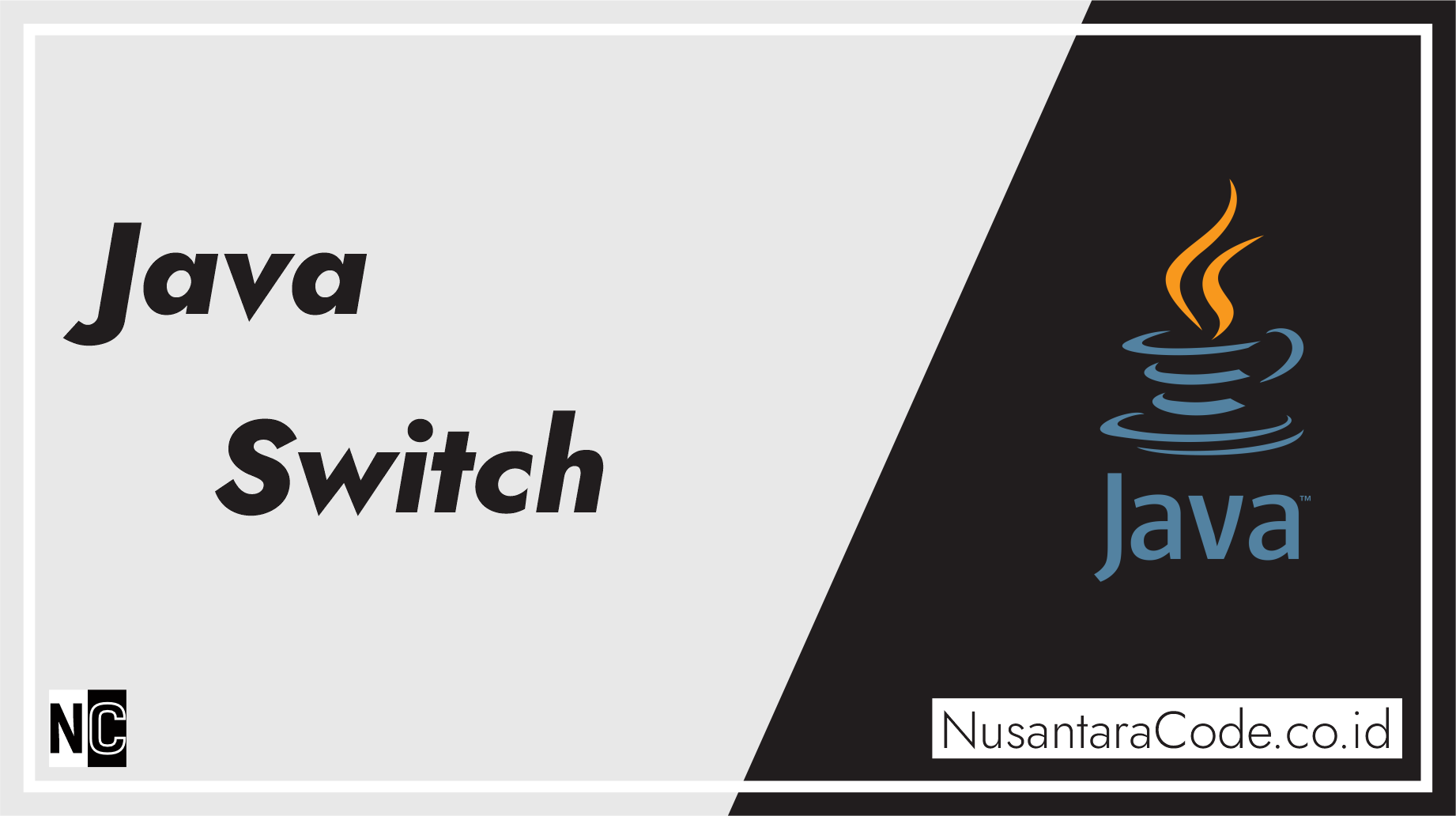The switch statement in Java is a powerful and efficient way to handle multiple conditions and make your code more readable. It’s a valuable tool for simplifying decision-making in your programs. In this article, we will explore the Java switch statement, understand its syntax, and provide examples to demonstrate how it can be used effectively.
The Basics of `switch`
The switch statement is a conditional statement that allows you to test a variable against a list of values. It is commonly used when you have a single expression that needs to be compared against multiple possible values. The basic syntax of a switch statement is as follows:
switch (expression) {
case value1:
// Code to execute if expression equals value1
break;
case value2:
// Code to execute if expression equals value2
break;
// Additional cases
default:
// Code to execute if none of the cases match the expression
}expressionis the value that you want to test.case value1andcase value2represent the possible values thatexpressioncan match.- The
breakstatement is used to exit theswitchstatement after a case is executed. - The
defaultcase is optional and is executed when none of the defined cases matches theexpression.
Example: Using `switch` for Days of the Week
Let’s explore a common use case for the switch statement: determining the day of the week based on a numeric value.
int dayOfWeek = 3;
String dayName;
switch (dayOfWeek) {
case 1:
dayName = "Monday";
break;
case 2:
dayName = "Tuesday";
break;
case 3:
dayName = "Wednesday";
break;
case 4:
dayName = "Thursday";
break;
case 5:
dayName = "Friday";
break;
case 6:
dayName = "Saturday";
break;
case 7:
dayName = "Sunday";
break;
default:
dayName = "Invalid day";
}
System.out.println("Today is " + dayName);In this example, the switch statement evaluates the value of dayOfWeek and assigns the corresponding day name to dayName.
When to Use `switch`
switch statements are most effective when you have a single value that can match multiple cases, making your code more concise and readable. It is especially useful when you need to replace a series of if statements with a more structured and efficient approach.
However, switch has limitations:
- It can only be used with certain data types (e.g.,
int,char,enum). - Each
casemust be a constant value, and there should be no duplicate case values. switchstatements should not be excessively nested to maintain code readability.
The Java switch statement is a valuable tool for handling multiple conditions in your code, making it more organized and easier to understand. When used appropriately, switch can simplify complex decision-making and improve the efficiency of your Java programs.
